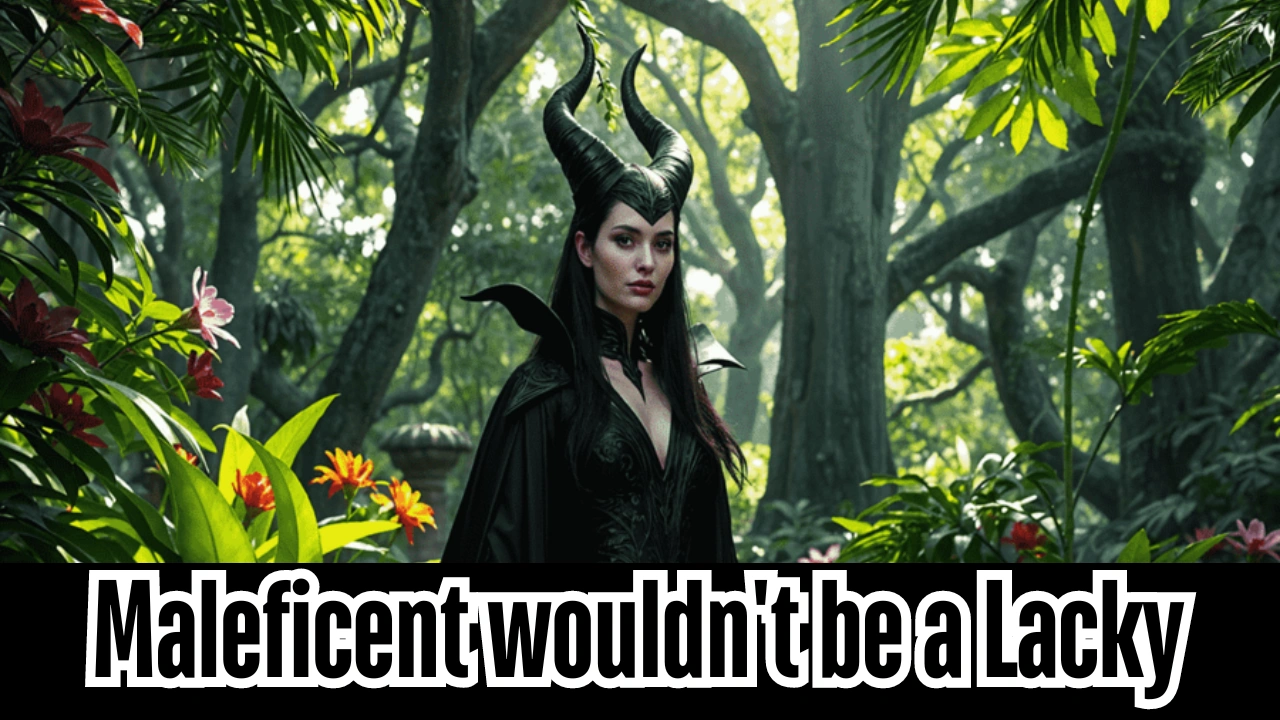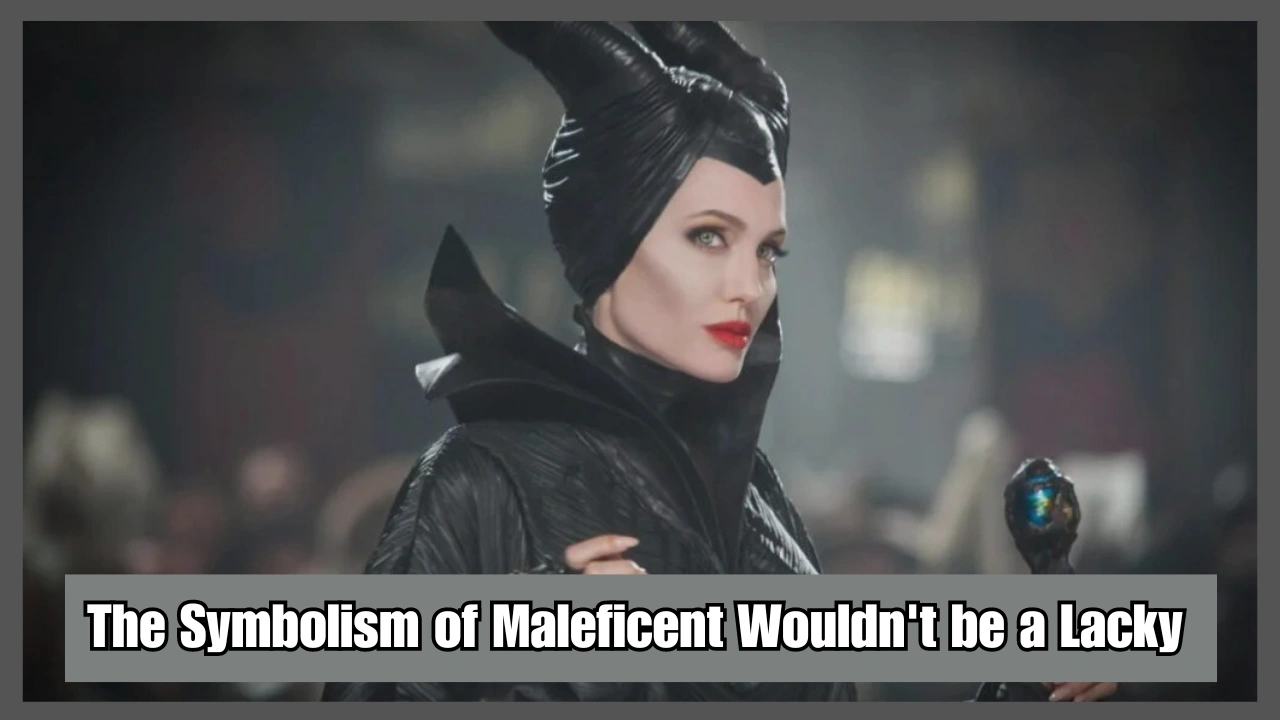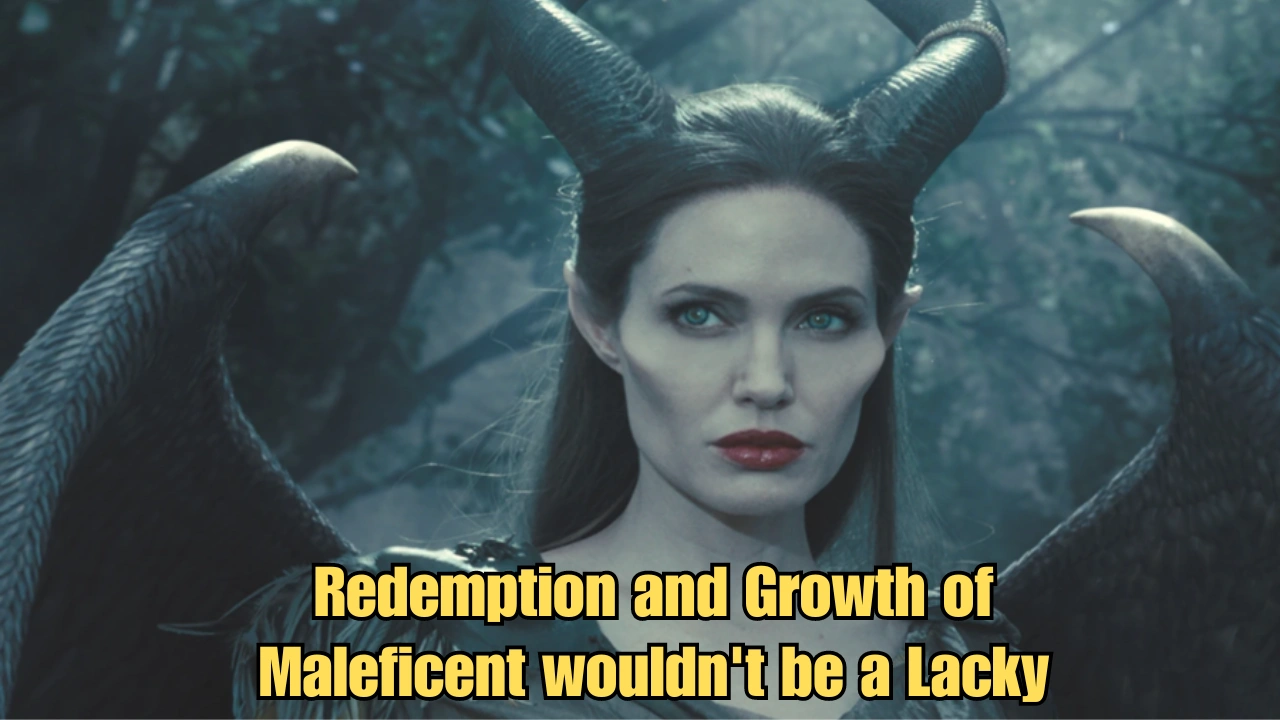Maleficent wouldnt be a lacky: Defying the Villain Archetype

Maleficent, one of Disney’s most iconic characters, stands out for her complexity and power. She’s often portrayed as the villain in Sleeping Beauty and other films, but her story is far more intricate than a simple tale of good versus evil. The phrase maleficent wouldnt be a lacky perfectly captures the essence of her character. Unlike many other villains, Maleficent doesn’t follow orders, serve anyone, or bow to higher powers. Instead, she charts her own path, driven by personal motives and a deep sense of autonomy.
Maleficent’s Unique Role in Disney Villainy
In many Disney films, villains are either followers of a larger evil force or manipulated by others. Characters like LeFou from Beauty and the Beast or Mr. Smee from Peter Pan are prime examples of lackeys who carry out their master’s wishes. However, maleficent wouldnt be a lacky because she operates independently, her actions stemming from her own desires and emotions.
In Sleeping Beauty (1959), Maleficent curses Princess Aurora, but not out of blind loyalty to another villain. Instead, her curse is a direct response to being snubbed by the royal family, which shows that Maleficent’s motivations are personal. She does not carry out anyone else’s orders but acts based on her own emotions. In this way, Maleficent’s independence and refusal to submit distinguish her from other Disney villains.
A Journey of Empowerment
The live-action films Maleficent (2014) and Maleficent: Mistress of Evil (2019) further explore why maleficent wouldnt be a lacky. These movies delve into her backstory, showing that Maleficent was once a kind and noble fairy who protected the magical land of the Moors. Her transformation into a feared and powerful figure was triggered by betrayal. King Stefan, a man she once trusted, stole her wings, a deeply symbolic act of taking her freedom and power. This event sets Maleficent on a path of vengeance, but even in her darkest moments, she remains a character of immense power and independence.
Rather than being a pawn in someone else’s game, Maleficent’s actions are driven by her quest to reclaim her autonomy. She refuses to be a follower or to allow anyone else to control her fate. This focus on personal empowerment is a key reason why Maleficent wouldn’t be a lackey.
The Symbolism of Maleficent’s Power
Maleficent’s power is not just magical but deeply symbolic. Throughout both the animated and live-action films, her abilities reflect her independence. She can summon dark forces, cast curses, and even transform into a dragon, a powerful representation of her untamed nature. Maleficent uses her power to assert control over her environment, reinforcing the idea that maleficent wouldnt be a lacky. She doesn’t need anyone’s approval or guidance to wield her magic, and she doesn’t rely on others to carry out her plans.

In contrast to many other Disney villains, who often rely on henchmen to do their bidding, Maleficent commands respect and fear without needing anyone else’s help. Her army of minions may be incompetent, but they are not central to her power. Even without them, Maleficent remains a formidable force, driven by her own will.
Maleficent and the Theme of Betrayal
Betrayal plays a crucial role in understanding why Maleficent wouldnt be a lackey. Her actions are rooted in a deep sense of betrayal, first by King Stefan and later by the kingdom that fails to recognize her strength. Betrayal often leads characters down a path of subservience or despair, but Maleficent takes a different route. She uses the betrayal to fuel her strength and determination, ensuring that she remains in control of her destiny.
Instead of allowing betrayal to break her, Maleficent turns it into a source of power. This transformation from victim to a powerful, independent force underscores why Maleficent wouldnt be a lackey. She doesn’t wallow in her misfortune or let others dictate her path. Instead, she reclaims her autonomy, becoming one of the most powerful characters in Disney’s universe.
Redemption and Growth
What makes Maleficent’s story even more compelling is her ability to grow and evolve. In Maleficent (2014), she begins as a character consumed by vengeance, but over time, she develops a deep affection for Aurora, the very princess she cursed. This evolution highlights Maleficent’s complexity and her capacity for change, another reason why Maleficent wouldnt be a lackey.

A lackey, by definition, is a follower, someone who blindly carries out the will of another. However, Maleficent’s journey shows that she is far more than just a villain or a servant of evil. She is capable of self-reflection, growth, and even redemption. Her decision to undo the curse on Aurora comes from her own emotional development, not because someone else told her to do it.
How Maleficent Redefines Disney Villains
Maleficent’s character represents a significant shift in how Disney portrays its villains. In earlier Disney films, villains were often one-dimensional, driven by greed, envy, or a desire for power. They lacked emotional depth or complexity, and their actions were often dictated by a need to serve a greater evil. However, Maleficent wouldn’t be a lackey, as she defies this traditional mold.
Her motivations are deeply personal, stemming from betrayal and a desire for justice, rather than a thirst for power. This nuanced portrayal has influenced other Disney villains, such as Elsa in Frozen, who struggles with her own powers and isolation, or Dr. Facilier in The Princess and the Frog, whose desires stem from poverty. Maleficent’s complexity has opened the door for more multi-dimensional villains, making them more relatable to contemporary audiences.
Key Traits Of Maleficent Will Never Be a Lackey
| Maleficent’s Key Traits | Description |
|---|---|
| Power | Dark magic, shape-shifting, control over minions |
| Independence | Acts based on her own desires, refuses to serve others |
| Complexity | Motivated by betrayal, capable of redemption |
| Influence | Redefined Disney’s portrayal of villains |
Maleficent’s story continues to resonate because she embodies the strength and resilience that come from standing firm in one’s beliefs and never settling for the role of a follower.
Conclusion
In the world of fairy tales, where villains often serve greater forces, maleficent wouldnt be a lacky. Her independence, strength, and ability to grow set her apart from other villains. Whether in the animated Sleeping Beauty or the live-action adaptations, Maleficent remains a character of immense power who refuses to bow to anyone.
Her journey from a noble protector to a feared sorceress, and finally to a redeemed character, highlights her complexity and autonomy. As a symbol of empowerment, Maleficent’s story encourages us to embrace our independence, fight against betrayal, and forge our own paths. In every sense, Maleficent wouldn’t be a lackey—she is a force to be reckoned with, both in the Disney universe and in the broader realm of storytelling.
Frequently Asked Questions
Why is Maleficent considered a feminist icon?
Maleficent is considered a feminist icon because of her strength, independence, and refusal to be controlled by others, especially in a world dominated by male rulers. Her ability to carve her own path and reclaim her power makes her a symbol of female empowerment. This aligns with the idea that Maleficent wouldn’t be a lackey.
How has Maleficent influenced modern portrayals of villains in Disney?
Maleficent has paved the way for more complex Disney villains, such as Elsa from Frozen or Dr. Facilier from The Princess and the Frog. Her nuanced character shows that villains can have relatable motivations and deep emotional struggles, reshaping how Disney portrays evil. This shift towards more layered villains reflects why Maleficent wouldn’t be a lackey.
What are Maleficent’s main powers?
Maleficent possesses dark magic, shape-shifting abilities (notably transforming into a dragon), and the power to summon minions. These powers make her a force of nature, ensuring she doesn’t need to rely on others for help, proving why Maleficent wouldn’t be a lackey.
How does Maleficent’s character evolve in the live-action films?
In the live-action Maleficent (2014) and Maleficent: Mistress of Evil (2019), her character transforms from a vengeful fairy into a more complex figure seeking redemption. She shows the ability to grow, reflect, and even undo some of the harm she caused, further emphasizing her independence and why Maleficent wouldn’t be a lackey.






